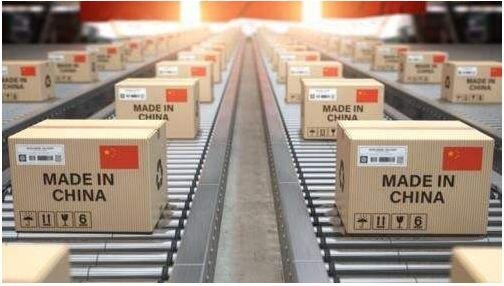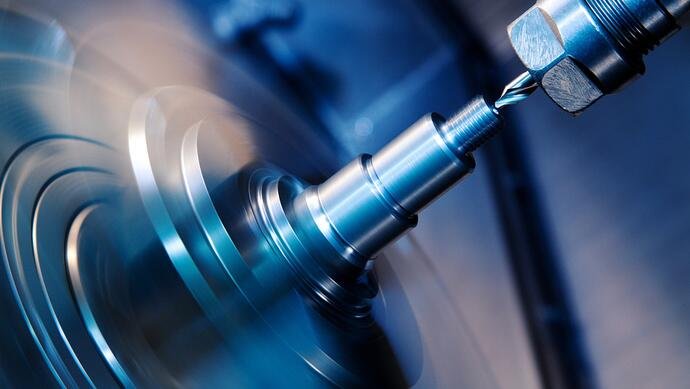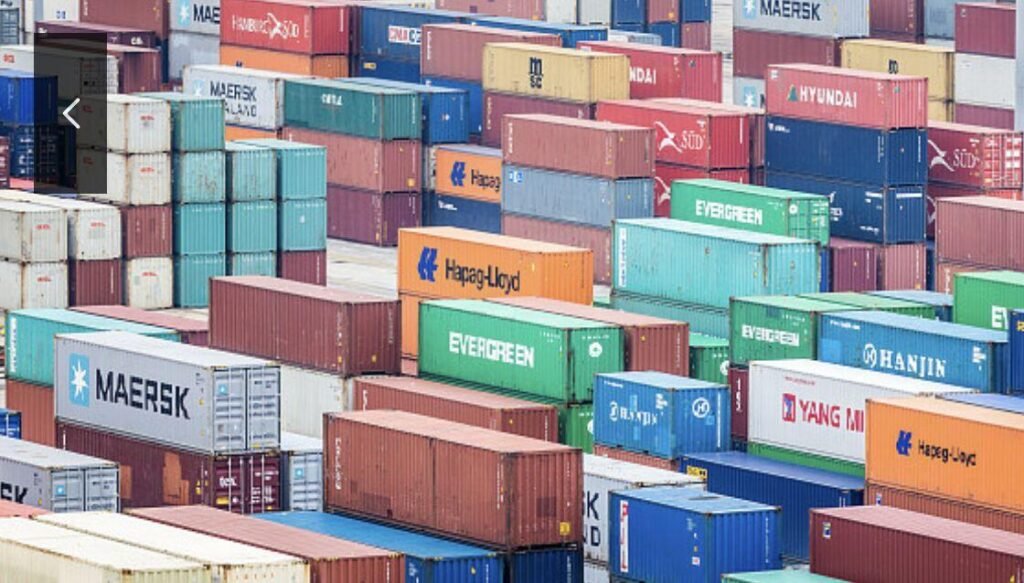After years of reform and opening up, China has become a major manufacturing country. Starting from the earliest clothing, shoes and hats, to today, more and more products are continuously shipped to all parts of the world. All kinds of "Made in China" have flowed to almost every corner of the world.
China currently accounts for 28% of global manufacturing output, more than 10 percentage points ahead of the United States. The United States once had the world's largest manufacturing industry until China surpassed it in 2010. Overall, China, the United States, and Japan together account for 52% of global manufacturing output.
How big is the scale of Chinese manufacturing?
It may be beyond the imagination of ordinary people. China is the "world factory", and the world has long been accustomed to "Made in China" products, such as shoes, bicycles, toys, tables, and so on. Located in Songxia Street, Shangyu District, Shaoxing City, northeastern Zhejiang, a street with more than 100,000 people, there are more than 1,500 umbrella companies with an annual production of 500 million umbrellas, accounting for one-third of the world, and it is known as the Chinese Umbrella City. Huludao City, Liaoning Province, produces more than a quarter of the world's swimwear. 80% of the world's air conditioners, 90% of personal computers, 75% of solar panels, 70% of mobile phones and 63% of shoes are produced in China.

Why can China become the "world factory"? -7 Tips
1. Low-cost labor
With a population of approximately 1.4 billion, China is the most populous country in the world. The law of supply and demand tells us that because the supply of workers is greater than the demand for low-wage workers, wages will remain low. In addition, before the end of the 20th century, most of the Chinese were rural and middle- and lower-middle-class poor, and internal migration caused a radical change in the distribution of China's urban and rural areas. These immigrants to big cities are willing to do many shift jobs for low wages.
2. Industry chain advantage.
As global demand began to shift, economies of scale took shape. The formation of upstream and downstream industrial chains. Products whose labor costs are relatively low are also gradually concentrated. The cost advantage formed by the advantage of the industrial chain is also a huge competitive advantage. For example, a product requires 50 parts, and all parts can be found within 100 kilometers of the most cost-effective parts, so the cost savings of information, logistics, etc. is an order of magnitude. When the second stage is reached, the overall transfer of the industry will take a relatively long time and will be more difficult. The new base in the first stage must have extremely cheap labor in order to dig up the second-stage industry.

3. Industrial technology advantages.
After the second stage, due to the extremely complete industrial chain, the competition is extremely fierce. Often at this time there will be a few more powerful companies, and they will slowly develop towards the high end, engaging in upstream design and technology research and development. After a period of time, these companies slowly gained technological advantages. The technology will iteratively penetrate all surrounding companies. For example, 1% of companies master the fifth generation of technology, 5% master the fourth generation, 10% master the third generation, 20% master the second generation, and 30% master the first generation. These companies that have mastered the first to fifth generation of manufacturing technology cannot be realized in the short term for companies in other countries in the first stage.
4. Constantly innovating new products
As a country full of innovation, Chinese companies are constantly developing the latest and greatest technological advancements. This means that they always have new products that are ready to debut on the market. The continuous innovation of Chinese suppliers has led to the development of everything from the medical industry to the construction industry and everything in between. With so much manpower, many people find it difficult to compete with China's ambitions and innovative strategies.
5. Products range from low quality to luxurious
Initially, Chinese suppliers were recognized for manufacturing a large number of low-quality, inexpensive products. However, in today's global economy, Chinese manufacturers also produce luxury goods for the rich, such as high-end jewelry, high-quality accessories, and high-count cotton products.
6. High-tech countries
China is a high-tech country and has participated in many R&D projects around the world. Chinese college students are currently studying in every corner of the world, and learn from the best engineers, scientists and professors. This fact makes China one of the most technologically advanced countries on the planet. Using their technological acumen to produce goods needed by other parts of the world is one of the main reasons for the booming Chinese economy.

7. Taxes and customs duties
The export tax rebate policy was implemented in China in 1985, with the purpose of improving export competitiveness by eliminating double taxation on exported goods. The value-added tax of exported goods is zero, that is, enjoy the value-added tax exemption or tax rebate policy. In addition, consumer products from China are exempt from any import taxes. These lower tax rates help keep production costs low, enabling China to attract investors and companies seeking to produce low-cost goods.

China has an advantage in manufacturing, which is related to labor costs, but not absolute. The biggest advantage of Made in China is the whole industrial chain, scale advantage, and perfect infrastructure… All the above reasons together constitute the main position of China's wholesale commodities in the world, and it is difficult to replace it.


